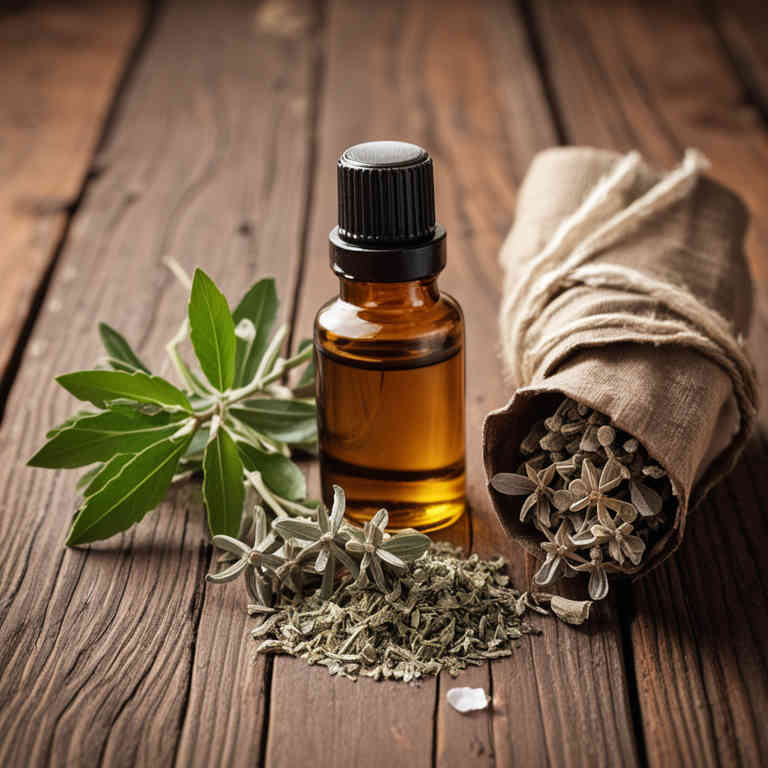Santalum album essential oil for medicinal use

Santalum album essential oil is derived from the wood of the sandalwood tree, known for its rich, woody aroma and therapeutic properties.
It is commonly used in herbalism for its calming and grounding effects, often applied in aromatherapy to reduce stress and anxiety. This essential oil is also valued for its potential anti-inflammatory and antimicrobial properties, making it useful in treating skin conditions and respiratory issues. In traditional medicine, it has been employed to support emotional balance and enhance mental clarity.
Its versatility and soothing nature make it a popular choice in both aromatherapy and holistic healing practices.
Uses
Santalum album essential oil has been used to treat a variety of ailments across different cultures for centuries.
Historically, it was highly valued in traditional Indian Ayurvedic medicine for its calming and grounding properties, often used in aromatherapy and meditation practices. In traditional Chinese medicine, it was employed to promote mental clarity and emotional balance. Modern applications include its use in aromatherapy for stress relief, skin care for its soothing properties, and in some alternative treatments for respiratory and digestive issues.
Today, it is also appreciated for its rich, woody aroma and is commonly used in perfumery and as a natural fragrance in personal care products.
Benefits
Santalum album essential oil has health benefits such as promoting relaxation, reducing stress, and enhancing mental clarity.
It is known for its calming properties, making it useful in aromatherapy for alleviating anxiety and insomnia. The oil also possesses antimicrobial and anti-inflammatory properties, which can support skin health and wound healing. Additionally, it may aid in respiratory health by helping to clear airways and ease breathing.
Overall, Santalum album essential oil is valued for its therapeutic effects on both the mind and body.
Constituents
Santalum album essential oil active constituents include sesquiterpenes, monoterpenes, and phenolic compounds such as santalols and sesquiterpene lactones.
These compounds contribute to the oil’s aromatic properties and are responsible for its therapeutic effects. Santalols, in particular, are known for their calming and sedative properties. The essential oil is also rich in compounds like alpha-santalol and beta-santalol, which have been studied for their potential anti-inflammatory and antimicrobial benefits.
Overall, these active constituents make Santalum album essential oil a valuable preparation for promoting relaxation, reducing stress, and supporting skin health.
Preparation
To make Santalum album essential oil, first gather high-quality sandalwood wood, preferably from the heart of the tree, as it contains the highest concentration of aromatic compounds.
Next, place the wood in a still and add a carrier oil, such as coconut or jojoba oil, to help extract the essential oil through steam distillation. Heat the mixture gently to release the volatile compounds, allowing the steam to carry the aromatic molecules into a condensation coil. Collect the essential oil as it drips into a collection vessel, ensuring it is separated from the water and carrier oil.
Finally, store the essential oil in a dark, cool place in a tightly sealed glass container to preserve its potency and aroma.
Side Effects
Santalum album essential oil may lead to skin irritation or allergic reactions in some individuals, especially when applied undiluted.
It is commonly used for its calming and grounding properties, often in aromatherapy and skincare products. However, prolonged use or high concentrations can cause respiratory issues, particularly in people with asthma or other respiratory conditions. The oil may also interact with certain medications, so it is important to consult a healthcare professional before use.
Possible side effects include headaches, nausea, and sensitivity to light in some cases.